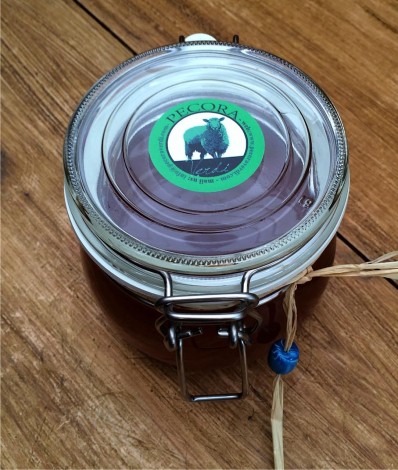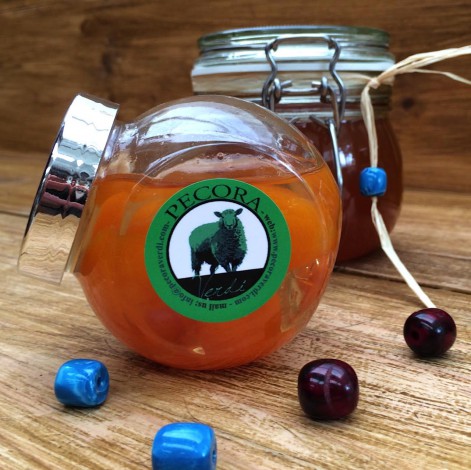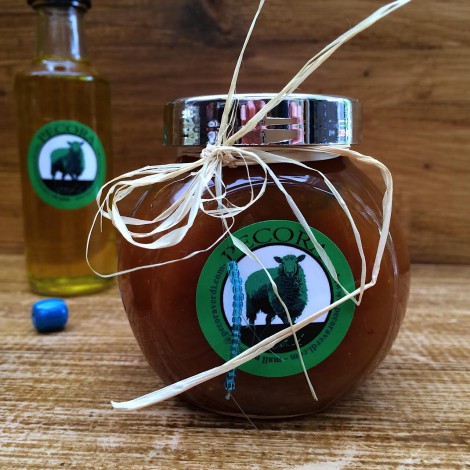
Honey has been used by countless cultures all around the world over the past 2,500 years. While the numerous health benefits of honey have made it an important element of traditional medicines such as Ayurvedic treatments, scientists are also researching the benefits of honey in relation to modern medicine, particularly in the healing of wounds.
But what makes honey so popular? Most likely, it is the ease with which it can be consumed. One can eat honey directly, put it on bread like a jam, mix it with juice or any drink instead of sugar, or mix it with warm water, lime juice, cinnamon and other herbs to make a medicine. It is savored by all due to its taste as well as health benefits, making it extremely useful and versatile.
*You can update the quantities on your shopping cart |


